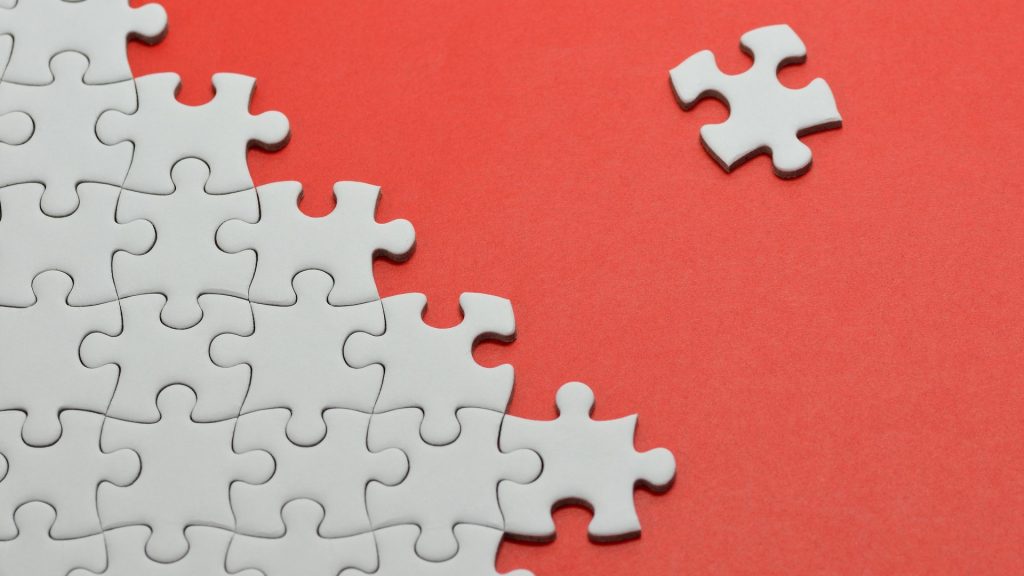Let me ask a vexing question, that appears to have a simple answer: why has digital art struggled to flourish until now?
One problem has always been uniqueness: the copying of a JPEG or Bitmap could never be prevented, for what is being copied is the actual thing itself. Digital copies are not prints; they are literal copies of the thing, all its code duplicated. Imagine if a physical work by Bacon could be replicated indefinitely atom for atom: it is this which takes place every time we copy and paste a file or a piece of code.
It is true that there are digital rights and copyright legislations to protect digital artists and photographers. But these mean nothing to the buyer – for the buyer in the digital has never approximated ‘owner’ when it comes to simple files.
NFTs solve this problem. By associating a work with a blockchain transaction, the work becomes verifiably owned by someone. Yes, the piece may still be copied and distributed. But every copy of the work is analogous to the possibility of a viewing in a gallery: even though someone may have a copy of an image, they do not own it.
The ownership of digital entities has always been a grey area, because there has not been a validation system in place to say: yes, this person is truly the owner of this or that JPEG. In the physical, we can simply look for the object, and see where it is located, whether or not a person paid for it, or if they inherited it. Their possession of it is undisputed. It is private property.
Because of the nature of the physical world, private property can easily exist within it: it cannot be copied (even a very good forgery is still a forgery). And likewise, a gallery can charge to view art just because physical geography is divisible into buildings and enclosed spaces, which may be entered only with payment. These facts are also objective: no individual can change this aspect of reality, it applies to all equally. Digital art by contrast has never had this characteristic, and so has struggled with the possibility of establishing private property. Until that is, the development of the blockchain.
The blockchain requires changes to its ledger record to be mutually validated by anonymous and ever-changing nodes. This is unlike Shutterstock storage of digital rights certificates, or any government record system: there is no centralised database under the control of one entity. It can never be co-opted, its system can never be changed except through a vote, and its history never erased (unless all nodes were eliminated, likely only in a truly apocalyptic event). It is this which gives the blockchain its power to determine, unequivocally, the uniqueness of a transaction. And this is enough to establish the private property condition for digital objects.
To focus on the issue of a digital work’s ‘non-unique’ nature is to miss how supply and demand of artworks differ in the physical and the digital. What is the ‘supply’ of the artwork? It is not the work itself, but all possible instances of it being observed and (perhaps) enjoyed. The desire to do such observing constitutes the demand. Of course, the number of possible instances of observation of a work is infinite, even though the object itself may reside in a collection or gallery. Where we can, we view an artwork in a magazine or as a print or photograph.
What, then, does the non-duplicatable nature of the artwork consist in? It is a ‘supply’ of something else – of a private property condition. It confirms that a work is uniquely held and owned. The physical painting itself is a private property condition with a total supply of one. The demand for this private property object is conditional on the demand for its observing.
The digital is analogous to this, with one difference: the second private property condition is not, and can never be, fulfilled by the object itself, because it is always duplicatable. So if digital art is to function capitalistically as physical art, this private property condition must be virtualised. It is here that the blockchain plays its part.
Our conclusion then is quite a broad one. Art objects of either kind, physical or digital, have a value and a price if there is something about them that can be made private: and this is a condition for all objects that accrue value – objects of capitalism. One last point: there is a striking difference in the private possibilities of the physical versus the private possibilities of the blockchain. The former is guaranteed by the populace’s tacit agreement to general government and the consequences of legislation (e.g. ‘I will go to prison if I steal your car’). But the latter, by what?

0 comments on “The puzzle of digital art”